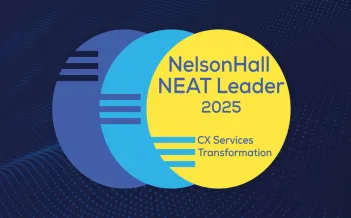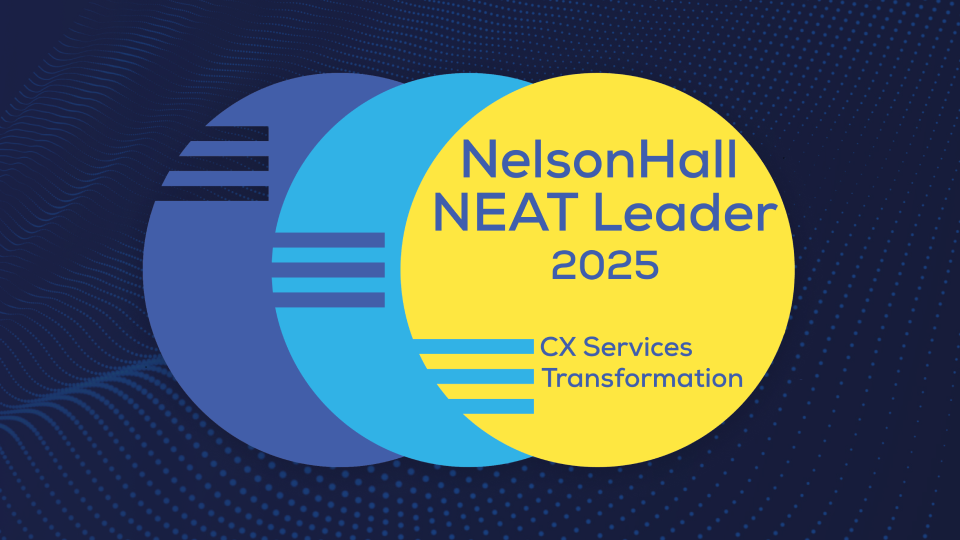Office-life is slowly returning. In the UK, 44% of employees report coming into the office at least some of the time. Yet, by the end of the year, this figure is expected to only reach 56%. Also, research by McKinsey finds that over half of workers want a hybrid working model post-pandemic with 30% saying they would look for a new job if the choice is not there. This suggests that hybrid working is here to stay.
Operational challenges are one part of hybrid working. The other is the ‘human’ challenges, such as the sense of productivity, collaboration, connection and mental wellbeing. As a Head – Enterprise Transformation Officer for a global business process outsourcer (BPO), I find addressing these human challenges is important. Below I reflect on how I’ve tried to tackle them for myself and my team and the lessons learned along the way.
Rethinking productivity
Increased productivity is often cited as a major benefit of hybrid working. The risk here is confusing productivity with being busy. I’ve seen people attending back-to-back (to back) online meetings and thinking they are being productive. But if they don’t have much time left to get any actual work done – are they really productive?
Productivity needs to be viewed as the quality of interactions rather than their quantity. This requires a mindset shift where people are encouraged to question their need to attend meetings, to ask – Is my input required here? Am I being invited as an FYI? Another way to do this is to block out ‘thinking time’ in your calendar and stick to it, don’t let it get eaten up by meetings even if working by yourself doesn’t ‘feel’ productive.
Considering collaboration
I am not saying that ducking out of meetings is the holy grail of productivity. Meetings drive collaboration, but in a hybrid environment you have an extra choice to make – should collaboration happen online or face-to-face?
To answer the above consider the meeting outcome instead of its agenda. For example, you’re working on a new product and the meeting outcome is for different departments to air conflicting opinions and find ways to align, then you better get them in the same room. If the outcome is a project status update, even if it is full of bad news, an online call should suffice.
A few colleagues and I started hiring an office space on Thursdays and Fridays. We set aside a couple of hours on those days for a face-to-face meeting with a whiteboard and no distractions. I believe we’re more productive on those few hours than the other three days because we’re able to really dig into issues and surface topics we might not mention in an online meeting. We digress more, we discuss more, and we decide more.
The ‘find your own path to collaboration’ approach needs to be supported by a group-up movement where teams can self-organise. Create project cohorts but leave the meeting process up to the team. The autonomy of group decision making puts the onus on the members to find what works for the team, leading to a greater sense of ownership and ultimately collaboration.
Creating a sense of connection
Relationships are built over casual, impromptu conversations. Creating genuine interpersonal connections is the number one challenge in a digital environment. You can’t replicate those watercooler moments in a remote setting, but you can prompt similar interactions through organised, informal one-on-one virtual chats.
While implementing a hybrid work model for a leading media and broadcasting company, Firstsource put this practice into motion. After taking part in digital training employees were invited for scheduled, small group, break-out sessions to discuss the content and any related challenges. This helped people feel connected to their peers, consequently, the productivity for remote employees increased by almost 10%.
Of course, there are instances where digital calls are not enough – onboarding is one of them. This is something my team have been tackling. We invite the new starters to come to our working space for an informal meet a couple of days prior to their start day. We give them a walkthrough of our vision and thinking then we take them out for lunch. So, when they start formally and meet senior leaders online, they have a firmer footing and more confidence.
Keeping mental health in focus
As the shift to hybrid working rolls out it is important to stay vigilant of how challenges faced by employees might change. For example, in 2020 the biggest challenge reported by remote workers was loneliness (20%), while in 2021 ‘not being able to unplug’ was ranked as the main struggle (27%).
Looking after employees’ mental health calls for action and investment. For example, since the start of the pandemic, Firstsource trained 110 Mental Health First Aiders (MHFA) in the UK to support employees through various challenges. We now have one MHFA for every 45 colleagues, helping team members feel more supported and cared for.
It is also worth thinking about how organisations can help minimise non-work-related stressors. For example, Firstsource partnered with Wagestream, a financial wellbeing app to provide financial education, savings tools and budgeting tips. Since using the app 63% of our colleagues report less stress about personal finances.
Finding what works for you and your people
The is no one right way to implement a hybrid working model. Leaders need to continue looking for what works for them and their people and pivot as new learnings emerge. One small tip – make your teams aware that you are listening, show them that you are responding and allow them to take control where need be. This will help create that sense of trust and unity that you need to move forward effectively as one team.
This article was written by Sundara Sukavanam, Head – ETO, Firstsource and was originally published on Asset Digest.










